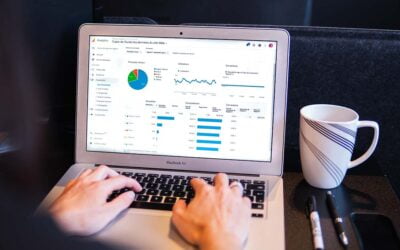In today’s digital landscape, user experience is paramount. Search engines like Google prioritize websites that cater to user intent and provide valuable, relevant content. Aligning web design with user intent is not just a matter of aesthetics; it’s a strategic move that can significantly impact your website’s search engine rankings.
Here’s why it matters:
Higher Engagement: When your website aligns with what users are looking for, it encourages them to stay longer and engage with your content. This reduces bounce rates and signals to search engines that your site is valuable to users.
Improved Click-Through Rates (CTR): Websites designed with user intent in mind often feature clear, compelling calls-to-action (CTAs) that resonate with visitors. This can lead to higher CTRs in search results, which is a positive signal to search engines.
Reduced Pogo-Sticking: Pogo-sticking occurs when users click on a search result, quickly return to the search results, and click on another result. This behavior suggests that the initial result did not meet their needs. By aligning your web design with user intent, you decrease the likelihood of pogo-sticking, which can positively influence rankings.
Lower Bounce Rates: High bounce rates (when users leave your site after viewing just one page) can negatively impact SEO. User-centric web design keeps visitors engaged and encourages them to explore more pages, leading to lower bounce rates.
Enhanced Dwell Time: Dwell time (aka “Stickiness”) is the amount of time a user spends on your website. When your site meets user intent, visitors are more likely to spend longer periods exploring your content, sending a positive signal to search engines.
Quality Backlinks: Websites that provide valuable, user-centric content are more likely to earn quality backlinks from other reputable sites. Backlinks are a critical SEO factor, and this can boost your site’s authority and ranking.
Mobile Friendliness: As more users access websites on mobile devices, a user-centric design that’s mobile-friendly is essential. Google considers mobile-friendliness as a ranking factor, so aligning your design with user intent on mobile can positively impact SEO.
Aligning web design with user intent is a multifaceted strategy that not only enhances the user experience but also significantly impacts SEO rankings.
By focusing on providing value and catering to the needs of your target audience, you can create a website that not only ranks well in search engines but also builds trust and loyalty among your visitors.












0 Comments